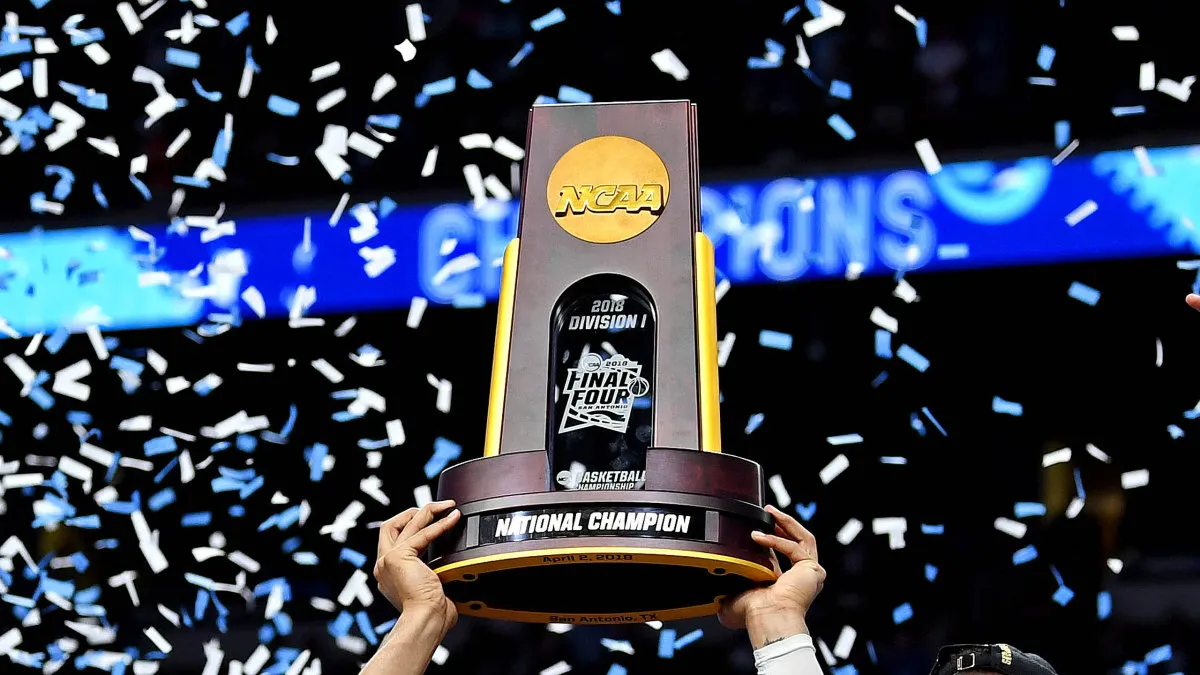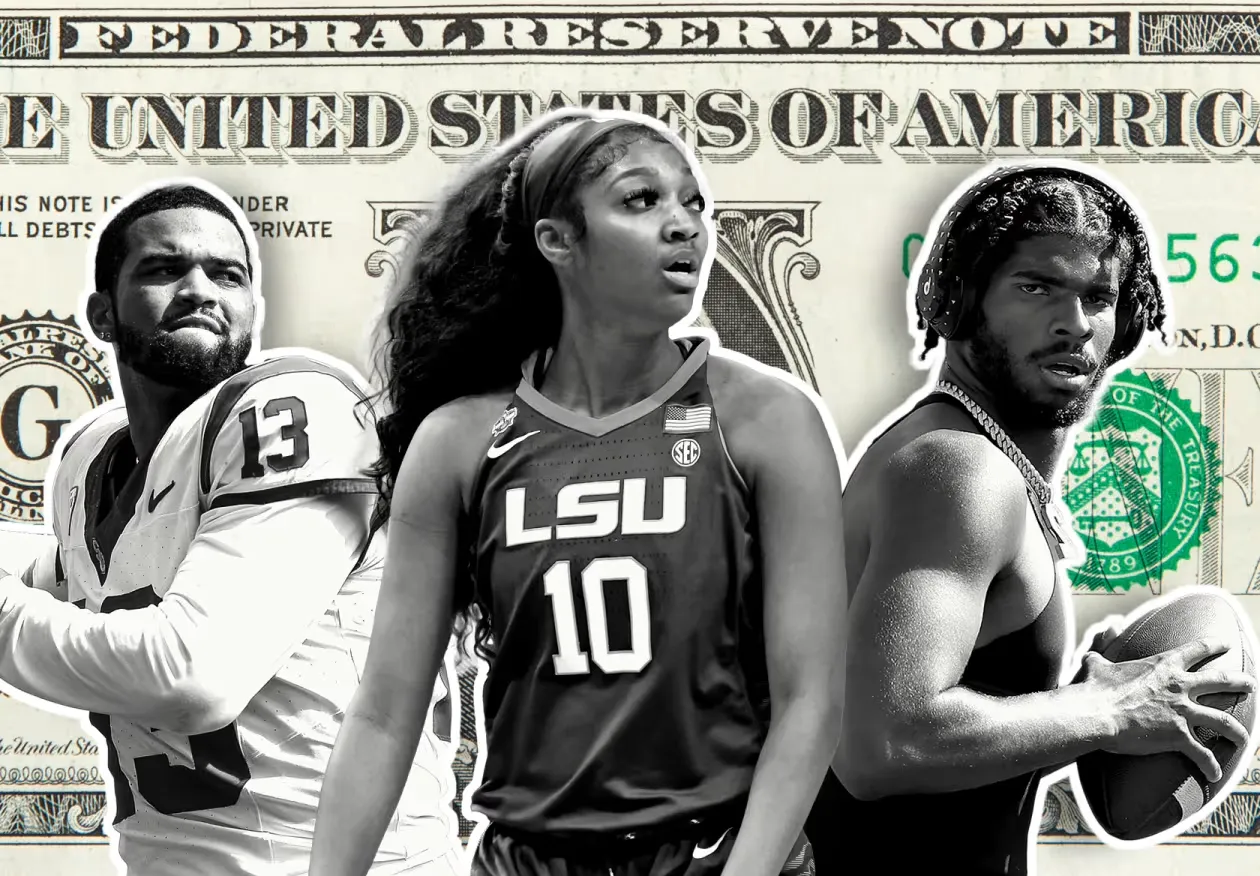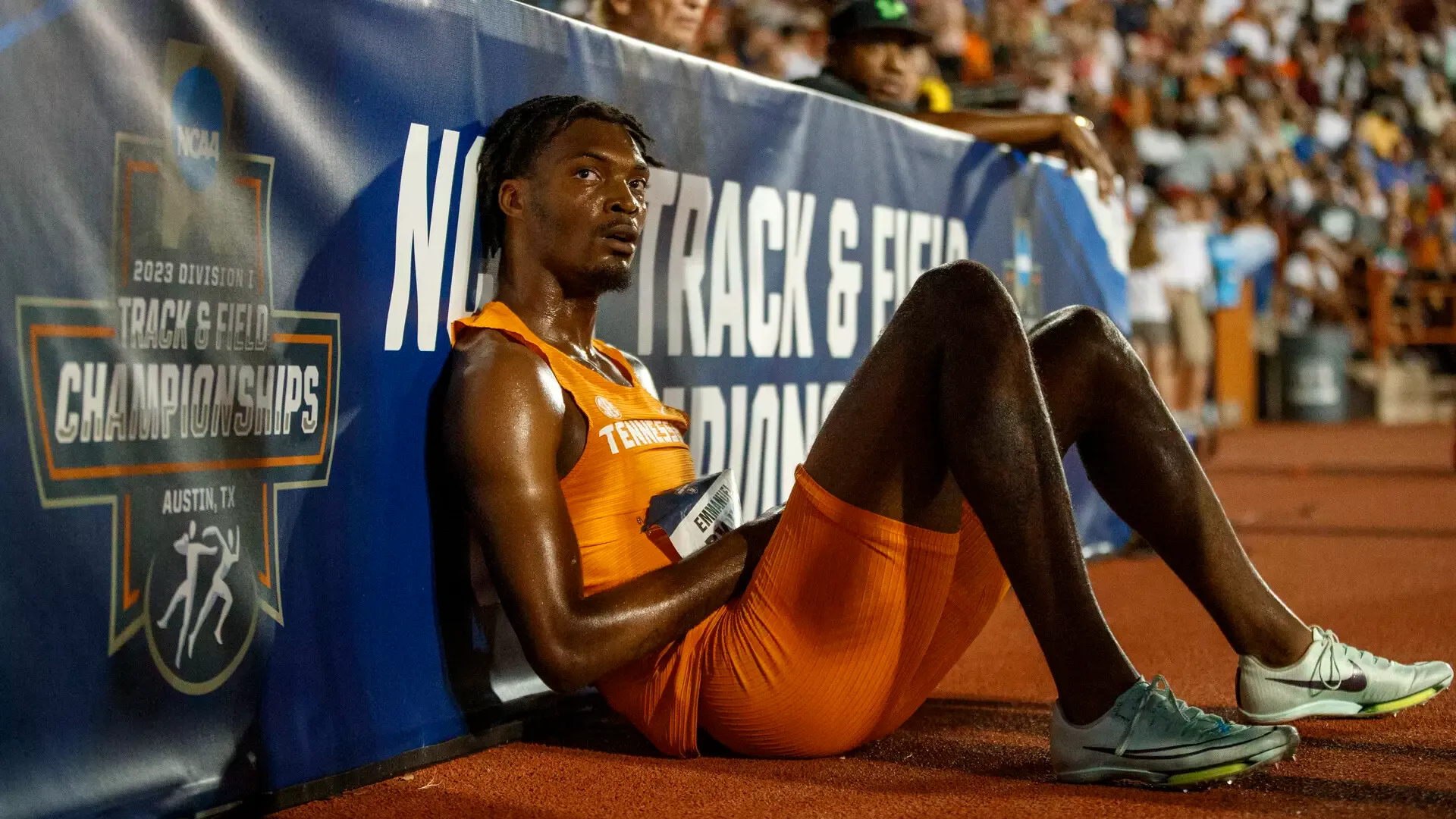Can You Play More Than One Sport in College?

Maria Rezhylo
All-American swimmer & swim coach
Many high school athletes dream ofcontinuingnot just one, but multiplesports at the college level.
If you're a standout on the football field and also excel at track, or you've split your high school years between soccer and cross country, you're not alone.
And the quick answer is -- yes, you can. But the path isn't automatic.
It requires a clear understanding of eligibility rules, scholarship structures, and how to manage the demands of dual-sport participation.
This guide walks you through the key considerations based on NCAA, NAIA, and NJCAA regulations, so you can make informed decisions about your future in college athletics.
NCAA Rules for Multi-Sport Athletes
Can You Play More Than One Sport Under NCAA Rules?
Yes, the NCAA does not limit the number of sports in which you can compete.
You can be a two-sport athlete, or even play more, as long as you meet eligibility and academic standards.
Each sport you play has its season of competition, tracked separately.
Here are the key eligibility rules:
Division I: You have a five-year clock starting from your first full-time enrollment to complete four seasons of competition per sport.
Division II and III: You're allowed 10 semesters or 15 quarters, with four seasons of competition per sport.
For example, you could run cross country in the fall and play basketball in the winter—both would count as one season each.
These don't interfere with one another under the rules, though physically and logistically, it's a big commitment.
What Counts as a Season of Competition?
If you participate in any amount of competition—say one game or meet—you've triggered a season of competition.
Sitting on the bench doesn't count unless you officially enter the game.
You get four seasons of competition per sport.
If you run cross country in the fall and play basketball in the winter, that's one season used in each sport.
Competing in any portion of a season (even one game or meet) counts as a full season for that sport.
Recruiting Rules Across Sports
Each NCAA sport has its own recruiting calendar.
That means a football coach is subject to different contact periods and visit rules than a coach in track or soccer.
If you're being recruited in multiple sports, each coach must follow their own guidelines.
Recruits often find that one sport leads the recruiting conversation. That sport is usually considered your "primary" sport in the eyes of the school.
NAIA and NJCAA Rules: More Flexibility
The NAIA also allows student-athletes to compete in multiple sports, with many of the same structures as the NCAA:
Four seasons per sport
10 semesters or 15 quarters of eligibility total
No specific limit on how many sports you can play
However, the NAIA tends to offer more flexibility. Full-time enrollment (12 credit hours per term) and a 2.0 GPA are typically the key academic requirements for maintaining eligibility.
For NJCAA athletes (junior colleges), the structure is also similar, and multi-sport participation is more common due to smaller rosters and more flexible scheduling.
How Scholarships Work for Multi-Sport Athletes
Understanding your athletic scholarship is crucial if you're a multi-sport athlete.
Headcount sports, such as FBS college football and Division I basketball, typically offer full scholarships. If you're on a football scholarship, your aid will likely be locked to that team.
Equivalency sports, such as track, soccer, and baseball, can award scholarships to multiple athletes. This offers more flexibility if you play two sports in college.
Important: If you receive a scholarship in one sport and decide to compete in another, your financial aidmight need to be adjusted to stay within team scholarship limits. College coaches from both sports must communicate and coordinate.
NAIA Scholarship Considerations
The NAIA sets maximum scholarship limits per sport, and individual schools decide how to divide them. If you're playing multiple sports, aid is usually split between programs or attributed to the primary sport that recruited you. Coordination between teams is vital to avoid conflicts.
Challenges & Tips for Playing Multiple Sports
Time Commitment and Time Management
Balancing multiple sports with academics isn't easy. You'll have to handle overlapping practices, weight training, meetings, and travel—all while maintaining eligibility and GPA in check. Don't hesitate to reach out to your school's academic support services if you find yourself struggling academically.
Injury Risk and Recovery
Participating year-round with limited off-season can lead to overuse injuries and burnout. Even if you're fit, your body needs time to recover between sports with different physical demands. Collaborate with athletic trainers to develop a conditioning plan that promotes muscle group balance and long-term durability.
Coaching Styles and Communication
It's essential to be transparent with your intentions from the start. Establish clear communication with each coach, especially if sports in the same season could conflict.
Avoiding Burnout
Many high school athletes who played sports year-round are used to the grind. But college sports are more intense. Playing two sports in college is a major lifestyle decision. Prioritize mental health, sleep, and balance.
When Playing Multiple College Sports Makes Sense
There are several cases where being a two-sport athlete is beneficial:
1. Complementary Seasons
Some sports naturally fit together without overlapping:
Football (fall) + Track & Field (spring)
Soccer (fall) + Indoor Track (winter) (though this is more demanding)
2. Skill Transfer and Physical Benefits
Playing different sports develops a broader range of muscle groups, improves coordination, and enhances mental toughness. Cross-training can be a significant advantage.
3. Smaller Colleges & Division III Schools
Division III schools and smaller colleges are often more supportive of multi-sport athletes. Without athletic scholarships on the line, you'll have more freedom to explore other sports, especially if you're a walk-on.
4. Walk-On Opportunities
Even if you're not recruited for both sports, you may be able to walk on to a second team if your schedule allows. This often happens when athletes discover a passion for another sport during their freshman year.
Final Thoughts: Playing More Than One Sport in College Is Possible
So—can you play more than one sport in college? Absolutely.
Thousands of student athletes do it every year across college football, soccer, basketball, track, and more.
The key is understanding the rules, planning your time wisely, and being upfront with your coaches and compliance officers.
Whether you're a recruited athlete or thinking about adding a second sport as a club team player, make sure you understand your school's structure and what's feasible considering your injury risk, physical readiness, and goals.
And remember: whether you commit to one sport or pursue multiple sports, the college athletic experience is about growth—on the field, in the classroom, and as a person.



